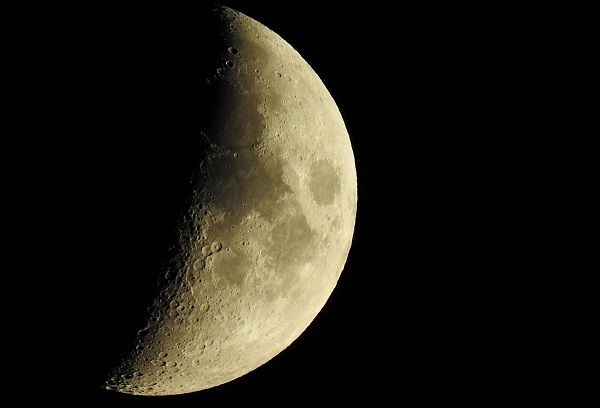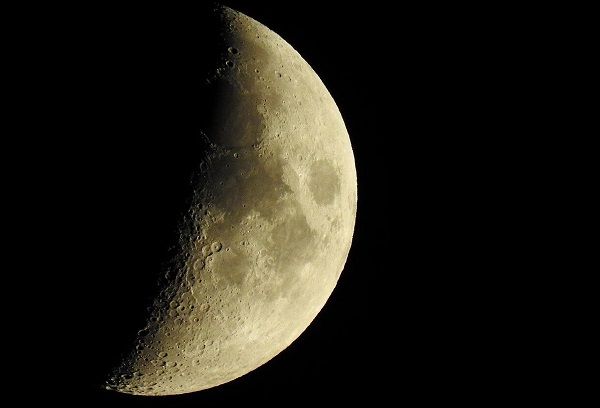

New Delhi. Before the auspicious occasion of Diwali, Chandrayaan has also sent a good news. According to ISRO, Chandrayaan-2 mission, with the help of its scientific instruments, discovered for the first time what effect Coronal Mass Ejection (CME) emanating from the Sun has on the Moon. This is considered to be a major discovery regarding the relationship between the Sun and the Moon.
ISRO said, this information will help in understanding the influence of space weather on the exosphere of the Moon, the very thin atmosphere of the Moon and its surface. Chandrayaan-2, launched from Sriharikota on 22 July 2019 using GSLV-MK3-M1 rocket, had eight scientific instruments and on 20 August 2019, Chandrayaan-2 successfully reached the lunar orbit.
According to an ISRO release, one of the instruments on Chandrayaan-2—’Chandra Atmospheric Compositional Explorer-2′ (CHACE-2)—has recorded the impact of coronal mass ejections from the Sun on the outer atmosphere of the Moon. The main objective of the CHACE-2 instrument is to study the structure, extent and changes in the neutral exosphere of the Moon.
What is coronal mass ejection?
Coronal mass ejections are powerful explosions that occur in the Solar System. During this time the Sun releases helium and hydrogen ions. It is quite unbearable on the moon. The reason for this is that there is no atmosphere on the Moon and there is no big magnetic field here.
Chandrayaan data has shown that after the coronal mass ejection hit the Moon, the pressure on its thin atmosphere increased a thousand times. The Moon has a very thin atmosphere called exosphere. Gas molecules are present here. It is adjacent to the surface of the Moon, hence it is called surface boundary exosphere. This exosphere is formed by the collision of meteorites or by the sun’s rays and solar wind.